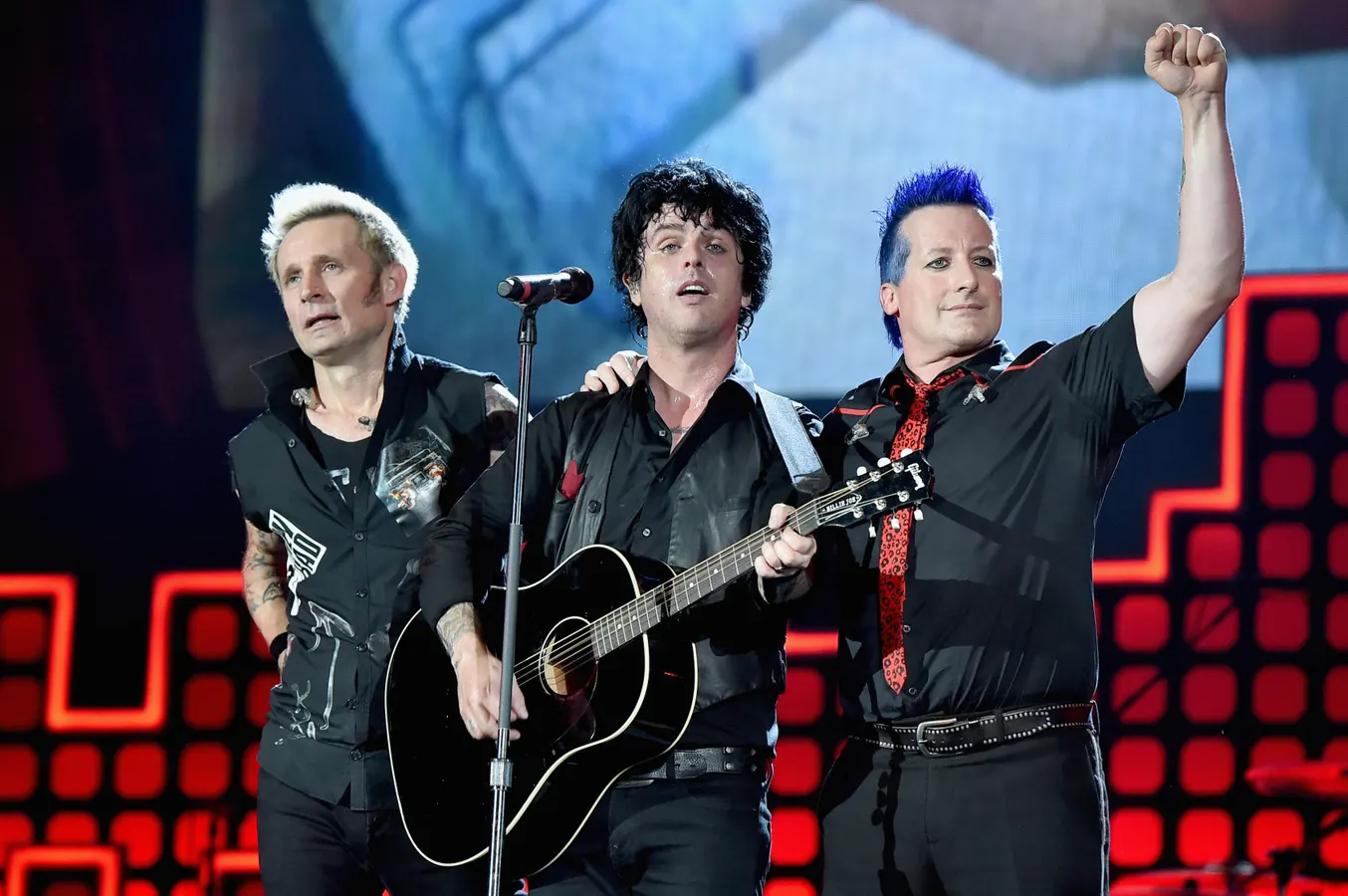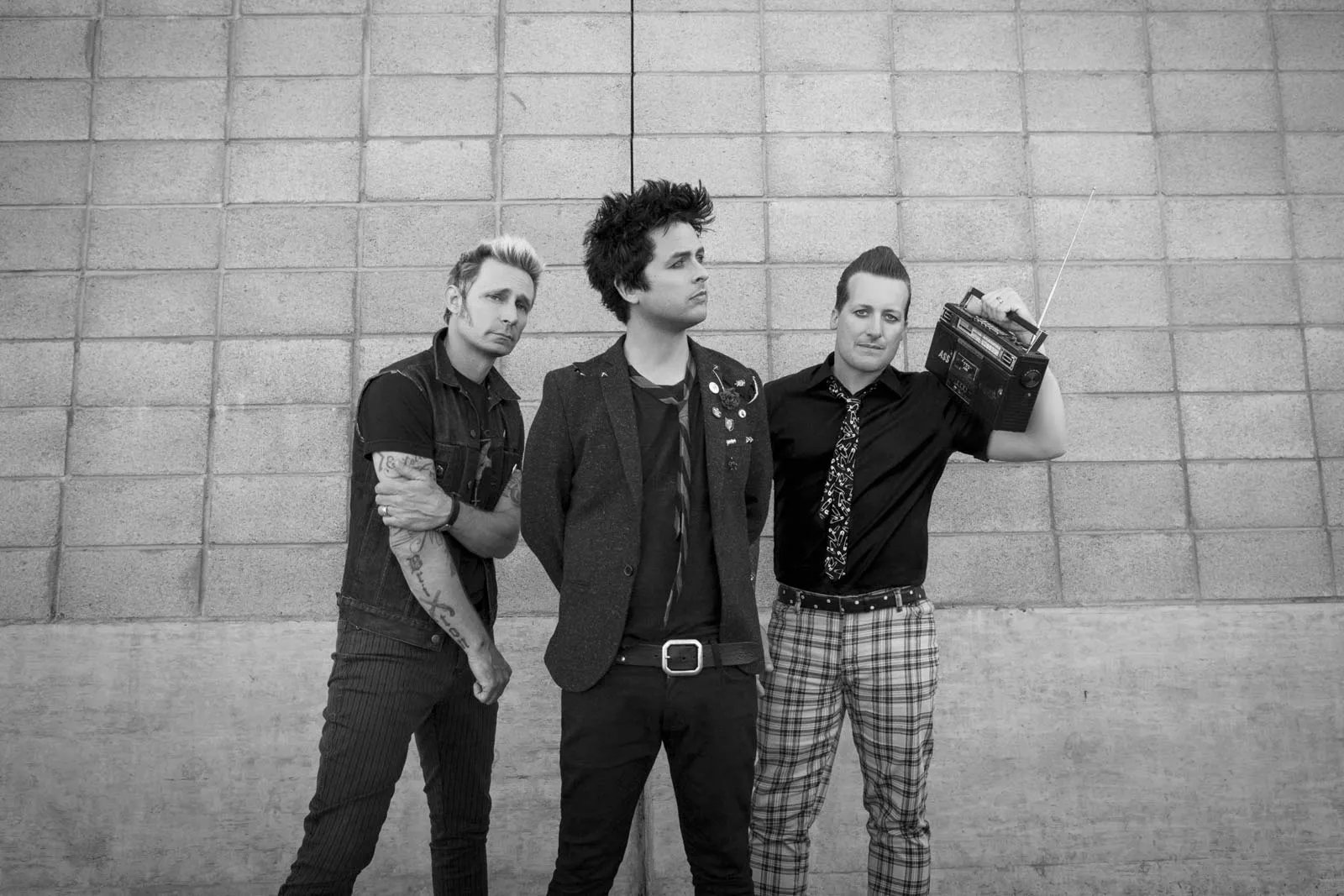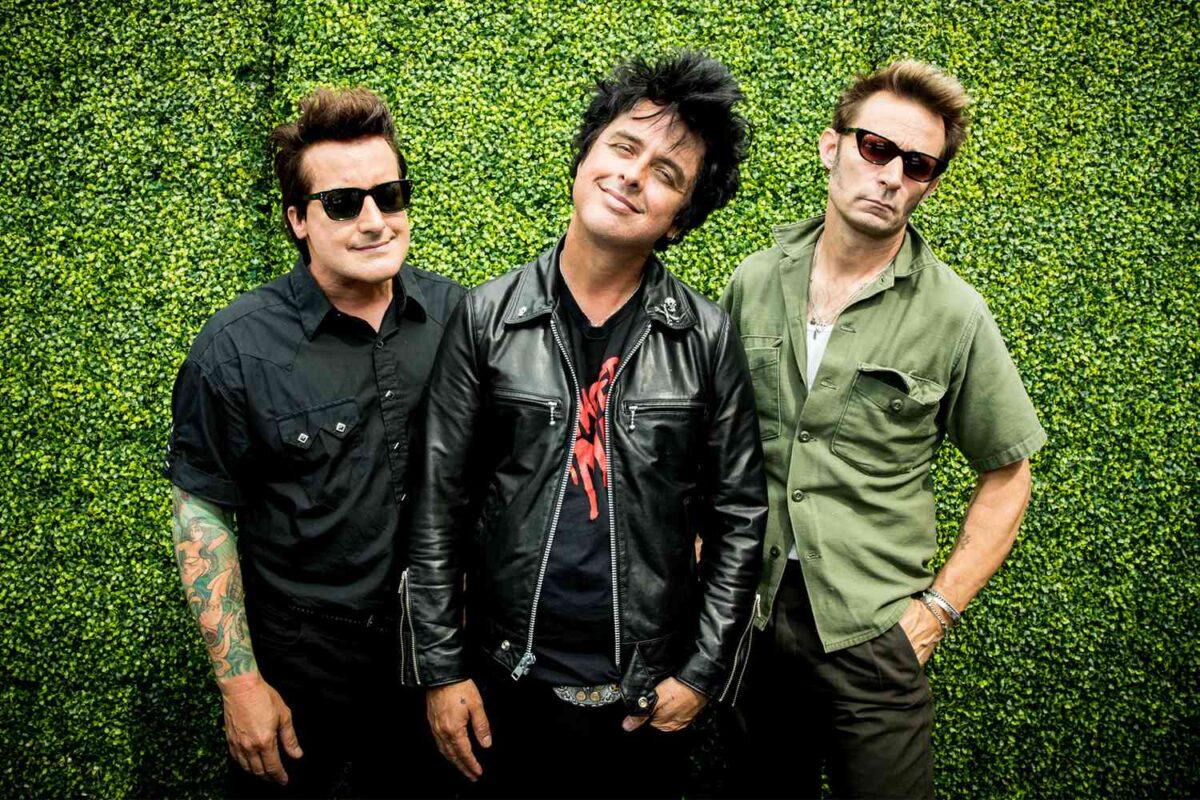No products in the cart.
Blog
Unveiling the Origins: When Did Green Day Start Their Musical Journey?
Curious minds often seek to unravel the beginnings of iconic musical journeys, and Green Day is no exception. In this exploration, we delve into the roots of this legendary punk rock band, answering the burning question: When did Green Day start their musical journey?
When Did Green Day Start Their Musical Journey?
Green Day’s inception in 1986 marked the genesis of a musical force that would resonate across generations. Situated in the vibrant musical landscape of East Bay, California, the band emerged as a trio comprising the distinctive talents of vocalist/guitarist Billie Joe Armstrong, bassist Mike Dirnt, and drummer John Kiffmeyer. United by a shared passion for punk rock, the trio began their musical odyssey under the moniker “Sweet Children.”

The East Bay punk scene proved to be the perfect crucible for Green Day’s embryonic years. The energy-laden performances of “Sweet Children” quickly captured the attention of local music enthusiasts, and the band’s reputation as a burgeoning force within the punk milieu started to take root. The trio’s early gigs were marked by an unbridled intensity, with Billie Joe’s charismatic stage presence, Mike’s pulsating basslines, and John’s rhythmic precision creating a dynamic synergy that set them apart.
As “Sweet Children,” the band’s initial foray into the local punk scene laid the groundwork for what would soon become a transformative evolution. Little did they know that this nascent phase was merely the prelude to a remarkable journey that would see them metamorphose into the globally celebrated punk rock phenomenon known as Green Day. The years to come would witness not only a change in name but an extraordinary musical metamorphosis, solidifying Green Day’s place as one of the most influential and enduring bands in the annals of contemporary music.
Name Change and Early Releases:
The pivotal juncture of 1989 witnessed a transformative chapter in the saga of Green Day. Fueled by a desire to align their identity with their evolving musical ethos, the band made a strategic decision to shed their former title and embrace the now-iconic moniker, “Green Day.” This symbolic rebirth not only signified a change in nomenclature but heralded a new era for the band, setting the stage for their ascent into the echelons of punk rock greatness.

With the dawn of the ’90s, Green Day, armed with their freshly minted identity, embarked on a prolific journey of creative exploration. The year 1990 saw the release of their debut EP, “1,000 Hours,” a compact yet potent collection of tracks that showcased the band’s burgeoning musical dexterity. This release served as a harbinger of the sonic diversity that would characterize Green Day’s future endeavors.
Shortly thereafter, in the same transformative year, the band unveiled their inaugural full-length studio album, “39/Smooth.” This album, a sonic tapestry woven with a fusion of punk energy and melodic finesse, bore witness to the band’s musical maturation. It laid the foundation for what would become the distinctive Green Day sound — a harmonious marriage of raucous rebellion and infectious melodies.
These early works served as a prelude, offering a tantalizing glimpse into the raw energy and rebellious spirit that would come to define Green Day’s signature sound. Little did they know that their initial ventures into the musical realm were but the opening chords of a symphony that would resonate across the global stage, cementing Green Day’s legacy as pioneers of punk rock innovation.
Breakthrough with “Dookie” (1994):
The watershed moment in Green Day’s illustrious career unfolded in 1994 with the seismic release of their third studio album, “Dookie.” This album proved to be the proverbial game-changer, propelling the band from the confines of underground acclaim to the zenith of international fame. “Dookie” was a sonic manifesto, a genre-defining opus that not only resonated with die-hard punk enthusiasts but also captivated mainstream audiences worldwide.

Anchored by the infectious and anthemic singles “Basket Case” and “Longview,” “Dookie” was an audacious declaration of Green Day’s musical prowess. These tracks, characterized by catchy hooks, irreverent lyrics, and an unapologetic punk spirit, swiftly ascended the charts, becoming anthems for a generation. The album’s success was not merely confined to critical acclaim; it achieved commercial triumph, eventually reaching diamond certification and winning the Grammy Award for Best Alternative Music Album.
The resonance of “Dookie” extended far beyond the realm of traditional punk rock. It served as a cultural touchstone, symbolizing a rebellious ethos that struck a chord with disenchanted youth around the globe. Green Day’s dynamic trio – Billie Joe Armstrong, Mike Dirnt, and Tré Cool – had become the standard-bearers of a new era in music, challenging conventions and ushering punk into the mainstream consciousness.
“Dookie” not only solidified Green Day’s place in the punk rock pantheon but also ushered in a new era for the genre itself. Its impact was profound, opening doors for punk to permeate popular culture and inspiring a wave of musicians who sought to emulate the band’s unapologetic attitude and infectious melodies. The success of “Dookie” remains a testament to Green Day’s ability to transcend genres and leave an indelible mark on the musical landscape
Evolution and Continued Success:
The passage of time witnessed Green Day’s evolution into musical mavericks, defying genre boundaries and reshaping their sonic identity. In a remarkable journey that spanned decades, the band exhibited an unparalleled ability to adapt and innovate, solidifying their status as one of the most enduring forces in contemporary music.

As the calendar pages turned, Green Day ventured beyond the confines of punk rock orthodoxy, delving into the realms of alternative rock and ambitious conceptual projects. The turning point in this evolutionary saga came with the release of “American Idiot” in 2004, a magnum opus that not only marked a departure from their earlier sound but also catapulted them back into the spotlight. The album, a politically charged rock opera, struck a chord with listeners worldwide, earning critical acclaim and multiple Grammy Awards. Its narrative thread and anthemic singles like “American Idiot” and “Boulevard of Broken Dreams” showcased a newfound depth in Green Day’s songwriting.
Following the triumph of “American Idiot,” Green Day continued to traverse uncharted musical territories with the release of “21st Century Breakdown” in 2009. This album further exemplified their artistic versatility, weaving a complex narrative and embracing a diverse range of musical styles. The band’s ability to seamlessly blend punk energy with intricate storytelling demonstrated a maturity that resonated with both long-time fans and a new generation of listeners.
Beyond the studio, Green Day’s live performances continued to be a tour de force, captivating audiences with their electrifying stage presence and unwavering commitment to delivering memorable shows. The band’s resilience and creative evolution solidified their place as icons, transcending the fleeting trends of the music industry.
Legacy and Influence:
Green Day’s indomitable legacy within the punk rock realm stands as a testament to their enduring influence on the broader musical landscape. Beyond the roaring guitars and anthemic choruses, the band’s impact is woven into the very fabric of contemporary music, leaving an indelible mark that reverberates through generations.
The accolades garnered by Green Day, including multiple Grammy Awards, underscore the critical acclaim bestowed upon them by peers and industry professionals alike. Their ability to seamlessly blend punk’s rebellious ethos with infectious melodies has not only propelled them to commercial success but has also earned them a revered position in the pantheon of musical innovators. The band’s uncompromising approach to their craft has resonated with audiences worldwide, leading to millions of records sold and an unwavering global fanbase.
However, Green Day’s legacy extends far beyond the realms of chart-topping albums and sold-out arenas. Their influence permeates the very DNA of punk rock, with subsequent generations of musicians drawing inspiration from their unapologetic attitude and genre-defying evolution. Green Day’s impact is evident not just in the punk resurgence that followed the success of “Dookie” but also in the broader embrace of punk’s DIY ethos and socially conscious lyricism.
Moreover, the band’s forays into ambitious projects like the rock operas “American Idiot” and “21st Century Breakdown” showcased a willingness to push artistic boundaries, inspiring a new wave of musicians to explore the expansive possibilities within the rock genre. Green Day’s legacy is one of artistic courage, resilience, and an unwavering commitment to authenticity, values that continue to shape the musical landscape.
In summary, Green Day embarked on their musical journey in the mid-1980s, initially as Sweet Children before transforming into the iconic punk rock band we know today. From their early days in California to international stardom, the band’s evolution has been marked by a commitment to their distinctive sound and an unwavering rebellious spirit. The legacy of Green Day continues to resonate with fans worldwide, making them a perennial force in the world of rock music.

